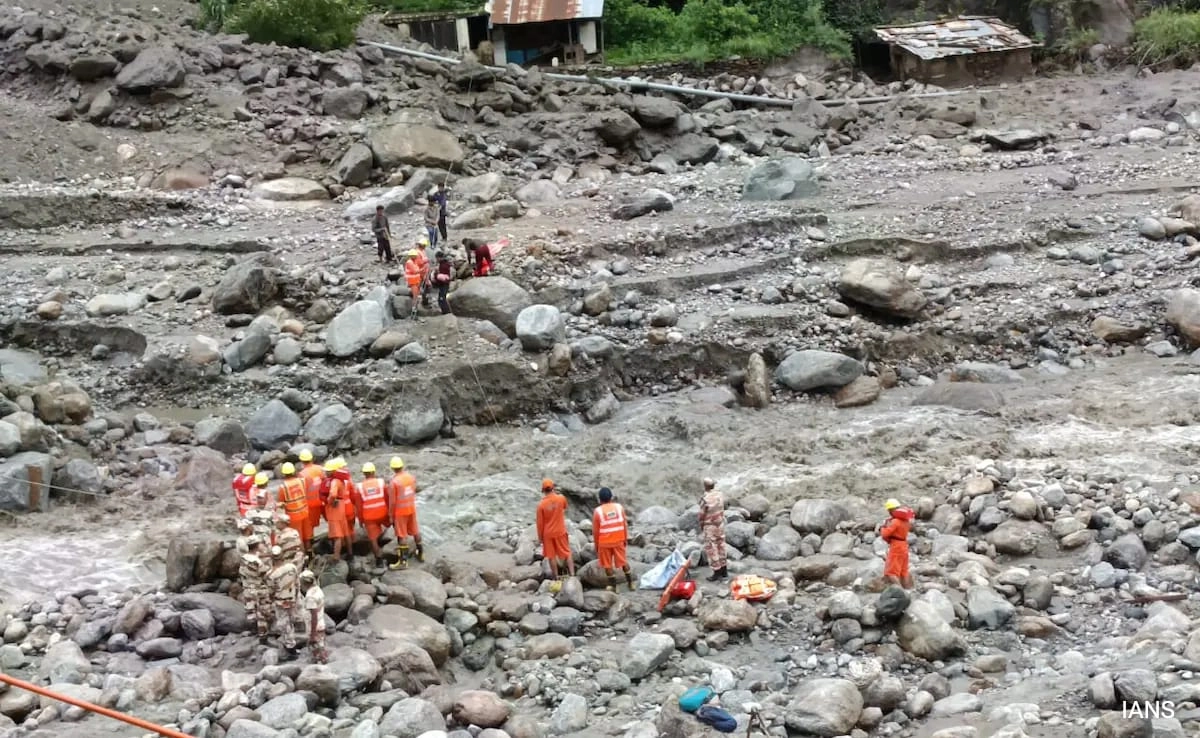Himachal Pradesh, a picturesque state in northern India, is currently grappling with severe losses amounting to over Rs 1500 crore during the ongoing monsoon season. The relentless rains have wreaked havoc across various districts, resulting in significant damage to infrastructure, agriculture, and local economies. The situation has prompted government officials to assess the extent of the destruction and devise strategies for recovery and assistance to affected communities.
The monsoon season, typically a time of rejuvenation for agriculture, has turned disastrous this year, with incessant rainfall leading to landslides, flooding, and road blockages. Many rural areas have been isolated due to the destruction of vital transport links, hampering relief efforts and making it difficult for residents to access essential services. The agricultural sector, a cornerstone of the state’s economy, has suffered heavily as crops have been submerged or washed away, leaving farmers in dire straits. As a result, the state government is scrambling to provide immediate support to those affected, including financial assistance and relief materials.
In response to this crisis, officials have initiated a comprehensive damage assessment to quantify losses and determine the most effective response strategies. This includes mobilizing resources for rehabilitation and rebuilding efforts in the worst-hit areas. The local administration is also coordinating with national disaster management agencies to ensure that relief operations are efficient and timely. Despite the challenges, the resilience of the people of Himachal Pradesh is noteworthy, as communities come together to support one another during these trying times.
The ongoing monsoon season has underscored the vulnerabilities faced by mountainous regions like Himachal Pradesh in the face of climate change. It serves as a stark reminder of the need for sustainable development practices and improved infrastructure to mitigate the impacts of extreme weather events. As the state begins to recover from the current crisis, there is an urgent call for long-term strategies that enhance disaster preparedness and resilience, ensuring that communities are better equipped to handle future challenges posed by unpredictable weather patterns.




